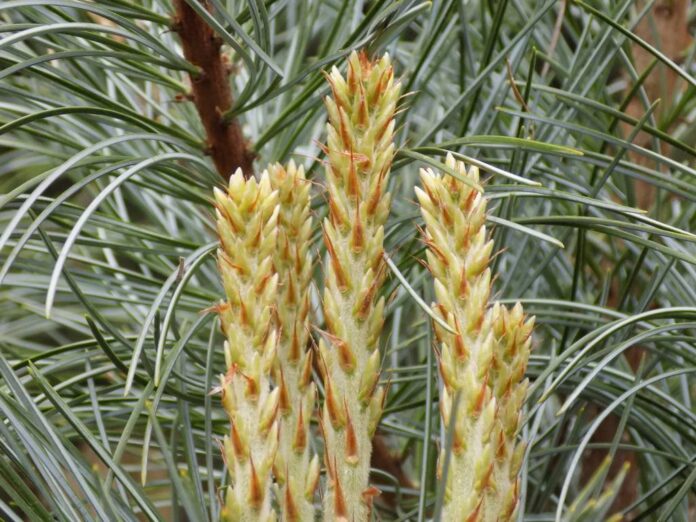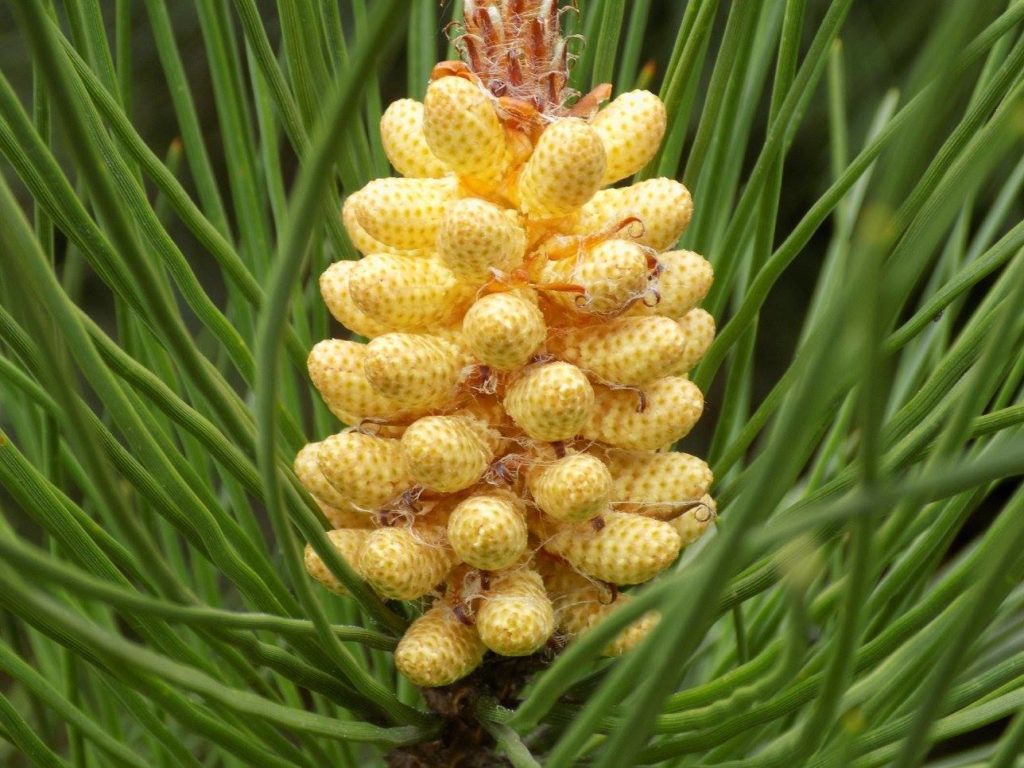
After years in the wilderness, slow growing dwarf conifers are now coming back into fashion. They are easy to grow, require practically no maintenance and offer year round interest. Rare conifers can be grown as single specimens or in groups, in a mixed border with other shrubs, perennials and bulbs or in a special conifer area, where a variety of forms can be combined to good effect. Although an evergreen conifer display is very low maintenance and looks good all year, it can seem static, because it remains exactly the same from one season to the next.
The best time to plant conifers is mid spring, when the soil is moist and starting to warm up. This allows the plants to establish before the onset of winter. However, container grown conifers can also be planted at other times of year, particularly early autumn, provided they are kept well watered in summer and protected from cold winds in winter. If the weather or soil conditions are not suitable for planting when the conifers arrive, plant them roughly in a trench in a sheltered spot, known as heeling in, until conditions improve. Do not take container grown plants out of their pots until you are ready to plant them properly.

Plant conifers in the same way as other trees and shrubs but after planting protect the plants from cold and drying winds by erecting plastic windbreak netting held up on well anchored posts as a windbreak. Once the Conifer species is well established this protection can be removed. Tall trees may also need staking to prevent damage from storms. Do not feed conifers unless they are showing signs of starvation, unnatural yellowing foliage. If they are given too much food, conifers will grow more quickly, producing lush, often uncharacteristic, growth that does not look attractive and is prone to damage cause by drying and cold winds.
In a situation where two or more leaders have formed a fork in the conifer tree, leave the strongest not pruned. Cut away the other stems or stems at the point of origin. If the remaining leader is not growing strongly upright, tie a cane to the conifer’s main stem. Tie the new leader to the cane to encourage vertical growth. Conifers develop a range of habits, including upright, conical and spreading. Planted together in the garden they can make a striking group. Using a how to remove weeds from around young trees or shrubs is the surest way of catching them all. It is best carried out in hot weather so that any weeds hoed up die quickly.
Conifers do not need extensive pruning and most are best left to assume their natural shape, with the occasional pruning of an overly long shoot. Occasionally, however, you may need to undertake more substantial pruning if the conifer starts to get too big for its position. Plants can be clipped annually with shears to keep them small and neat. Do not prune back to leafless brown stems because these will not re sprout. Cut back whole stems to restrict the size of ground hugging conifers, making the cut under a newer, shorter shoot that will hide it. Conifers that have become too overgrown should be removed.
Another problem that should be pruned out as soon as it occurs is reversion, all green growth on variegated forms. Use scatters or prunes to remove these vigorous shoot, otherwise they may dominate the more decorative foliage. Most conifers produce resinous sap that bleeds freely from the stems if they are cut while the tree is in active growth. Pruning is therefore best carried out from autumn to mid winter while the tree is dormant. Use sharp, clean pruning tools as blunt blades will snag the wood and may provide an entry point for disease.





